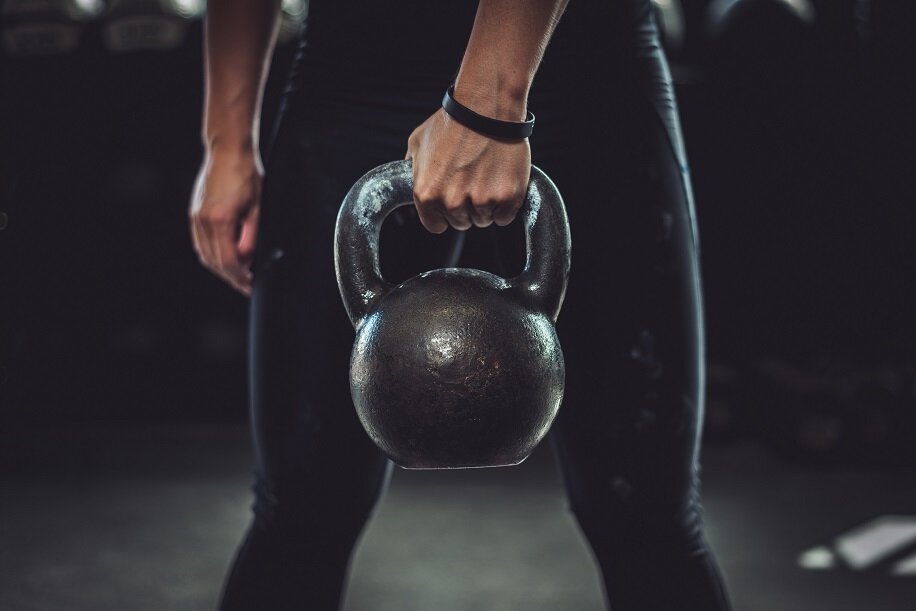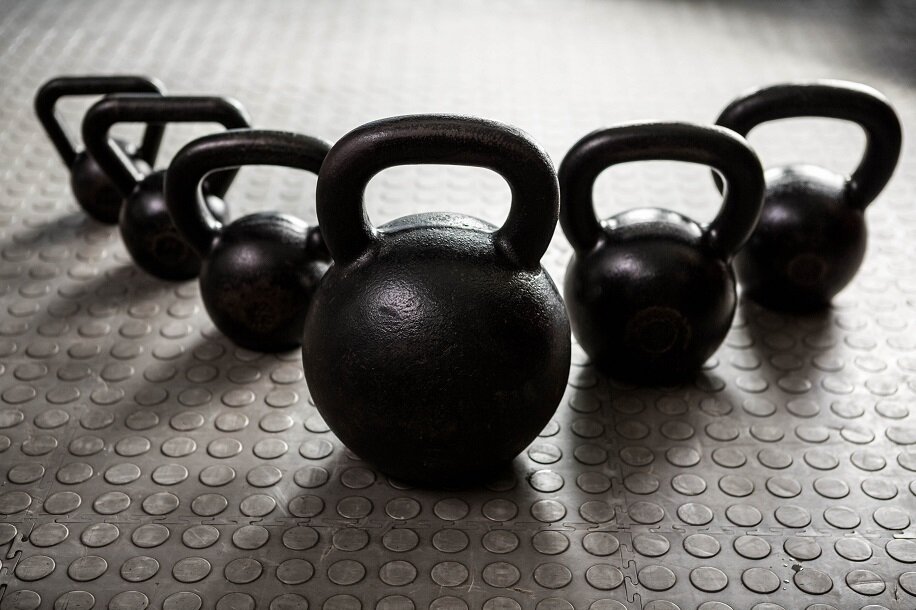Which Is Better: Heavier Weight, Fewer Reps or More Reps, Lighter Weight?
If you’ve spent any time at all around a gym you’ve probably heard that if you want to tone your physique you should do more reps with low weight, and if you want to build more muscle you need to lift a heavier weight fewer times. Sadly, these prevailing views have left many people seeing little to no progress. Just like most things in life, you can’t continue to improve by simply making a binary choice and sticking with it. If you’re walking in to the gym for the first time ever or even after an extended break, you will certainly see improvements regardless of which philosophy you follow. But at some point, your body will adapt and unless you vary things, your progress will cease.
Just like most things in life, you can’t continue to improve by simply making a binary choice and sticking with it. If you’re walking in to the gym for the first time ever or even after an extended break, you will certainly see improvements regardless of which philosophy you follow. But at some point, your body will adapt and unless you vary things, your progress will cease.
To make consistent progress, it is necessary to train withboth heavy weights and with high reps.
Yes, both.
If you want to look good and feel strong, you need to train in both high weight, low repetitions and lower weight, higher repetition phases. If you’re like most, this sounds intimidating. You’ve likely found a number of reps and weight you’re comfortable with. And the idea of changing things doesn’t sound fun because you remember all the work it took to get to your comfort zone. But each philosophy has their inherent benefits:
Heavy weight, low reps (1-5 reps)
This is great for building strength. However, more strength doesn’t always mean bigger muscles (and no, you aren’t going to get big and bulky – see my previous blog for the reasons why). Strength and the ability to lift heavy weights is a skill. To lift a weight, your brain sends a signal to a motor unit, which is responsible for contracting muscle fibers. As you “practice” lifting heavy weights, your central nervous system becomes better at recruiting more motor units at once, which allows you to move heavier weight (get stronger), without necessarily gaining size.
High reps, low weight (6-15 reps)
First, let me put to rest the notion that high reps mean going to the point you can’t lift any more (i.e., muscle failure). With that said, there are some unique benefits to training with lower weight and higher reps. For anyone who is starting a training program for the first time, or who is getting back into the gym after a long absence, the benefits from starting with a lower weight can help prevent injury by strengthening joints. Low weight with high reps also stimulates slow-twitch muscle fibers, which fatigue less quickly, increasing your overall workout endurance.
So, if both are important, which should you do right now?
Again, this kind of depends where you are in your journey toward better fitness. If you’re just starting, you should probably stick with lighter weights and a moderate amount of reps as you develop good form. You may find this shocking…but I would also recommend you work with a trainer to help guide you, especially in the first few months.But if you’re a seasoned gym goer, the question is: which is the furthest from what you’ve been doing the last three to four weeks? If you’ve been doing high reps the last four to six weeks, it’s time to change your focus to more weight, or vice versa.The body is an adaptation machine. But it can only adapt when it’s presented with a new stimulus (i.e., heavy weight). The further the stimulus is from what your body is used to doing, the greater the amount of change your body will be forced to make.The worst thing you can do is limit yourself to a specific rep range – and one type of exercise. To continuously make progress, your body needs to be presented with new stimulus every few weeks. Cycling through “phases” focusing on high weight, and phases focusing on high reps ensures that your body is constantly adapting and growing.

